
UDK: 616.441-085
V.N. Morozov, E.N. Morozova, A.V. Tverskoi, S.V. Zabolotnaya, A.V. Tverskaya
Белгородский государственный национальный исследовательский университет, Белгород, Россия
Introduction. Sodium benzoate is widely used in both food and pharmaceutical industries. There is evidence of its adverse health effects; However, the effect of sodium benzoate on the ultrastructure of thyroid gland cells is currently not well understood. Materials and methods. The animals were divided into two groups: the group 1 was injected with 1 ml of sodium benzoate solution at a dosage of 1000 mg/kg/body weight intragastrically for 60 days, and the group 2 served as a control. Samples of thyroid gland after tissue processingwere examined under an electron microscope. Results. In the experimental group, it was found that thyrocytes had a cubic, less often flat shape, an expanded rough endoplasmic reticulum with single accumulations in the cavities of fibrous structures, significant lumps of heterochromatin under the nuclear membrane with uneven contours of the latter, an electron-dense mitochondrial matrix. Conclusion. The above changes indicate the effect of sodium benzoate administration both locally (through damage to the DNA of the nucleus and mitochondria) and at the systemic level (through a decrease in leptin levels and, as a consequence, the effect on the hypothalamic-pituitary-thyroid axis).
thyroid gland, thyrocytes, ultrastructure, sodium benzoate
Виталий Николаевич Морозов, morozov_v@bsu.edu.ru